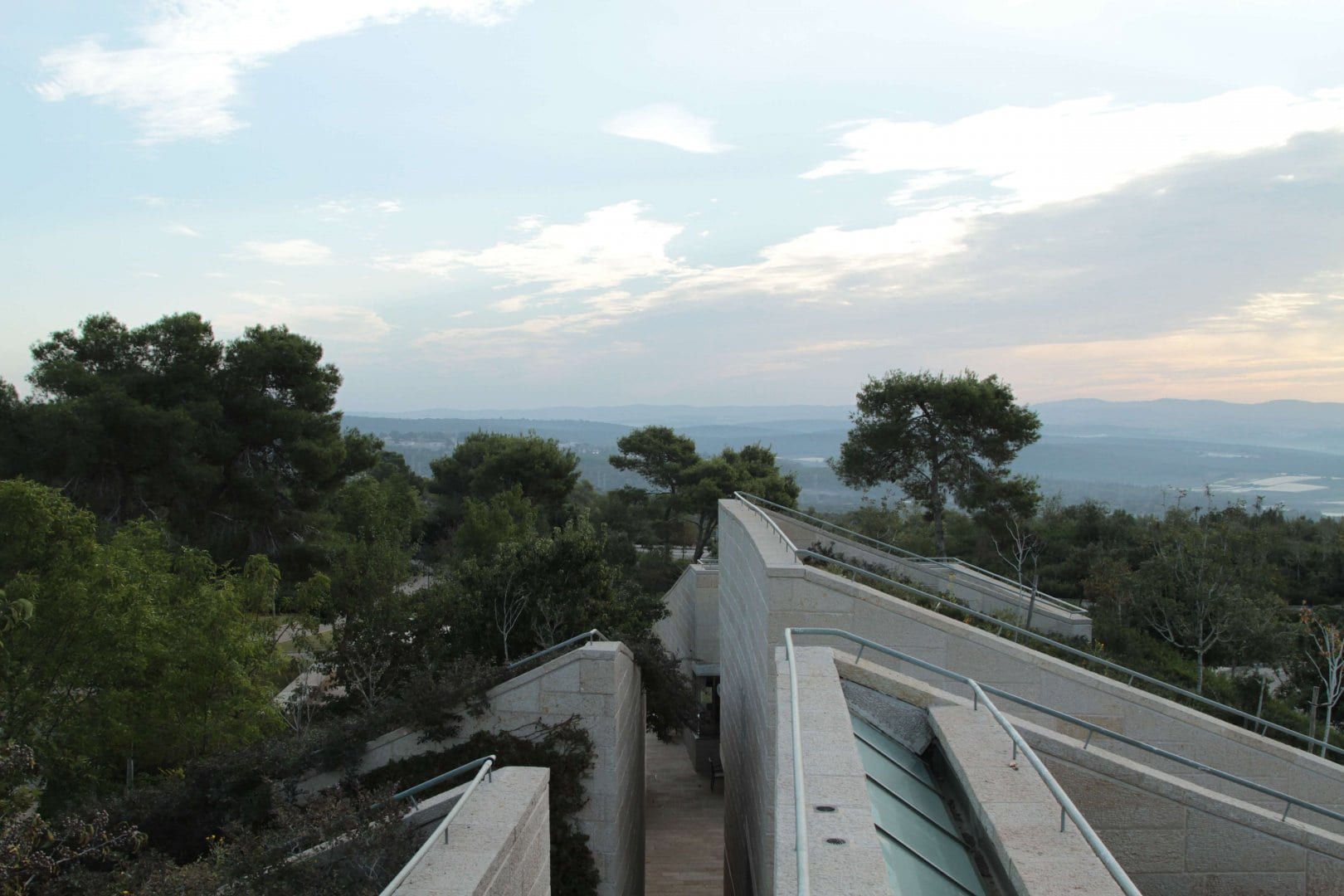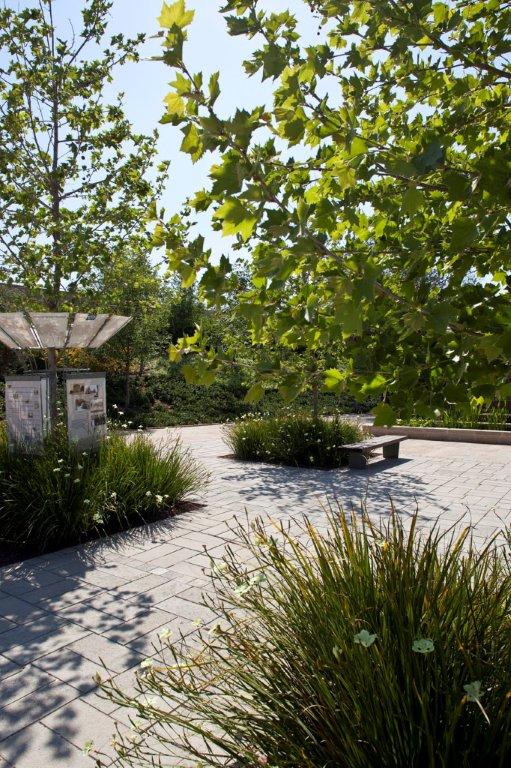How is the System at Ramat Hanadiv Constructed?
The temperature of the ground at Ramat Hanadiv is a pleasant 21.7 degrees. In the area under the “Footprint Garden,” 21 cylinders were excavated with a diameter of 15 centimeters and at a depth of 30 meters. The cooling engineer’s recommendation was to drill 60 meters; however, after drilling 30 meters, the drills reached a very hard layer of rock and there was concern that by drilling into the hard layer, the flow of the spring in the area of Ramat Hanadiv (Ein Tzur) would be damaged. This is one example of the types of environmental considerations that must be addressed as it relates to the system. We do not discount one ecological consideration in favor of another, rather we try to reconcile both issues together.
In each cylinder, a regular PEX water pipe is inserted down to the “belly” of the earth and then rises up again like a loop. When hot water enters the cylinder, it transfers heat to the soil and the water is cooler than when it entered. The water continues to flow to the heat chiller, in which a temperature exchange between the two water systems occurs – the system above ground and the one below ground.
Water from the above ground water system exits the chiller and enters the building and goes to the various air conditioning units. Each interior space at the Visitor Pavilion has its own air treatment unit (ATU), operated only when in use. Cold water from the chiller enters the unit and flows to the radiator. The fan sucks the cold from the radiator’s duct and brings it inside the room through a tin duct.
Ramat Hanadiv’s geothermic system is only used for cooling. The regular air conditioning system is operated at the Visitors Pavilion, which hosts thousands of visitors each year, only when necessary as backup for the geothermic cooling system.
The advantages of the geothermic cooling systems over the conventional air conditioning system are:
1. Conservation of electricity: Maintaining the temperature of the condensation pipes is achieved through the geothermic cooling by the flow of




